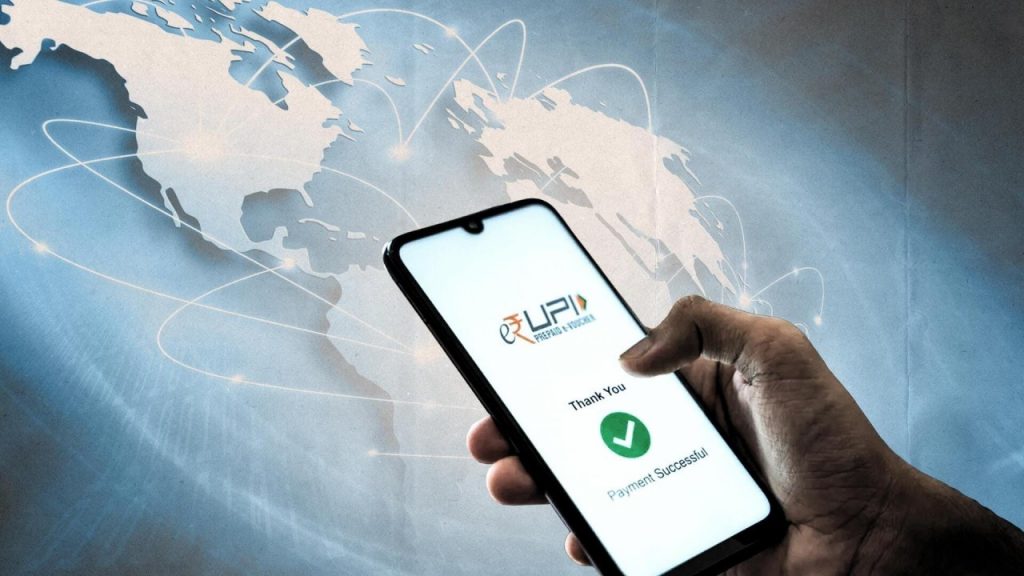UPI set a new record by processing more than 15 billion transactions in India for the first time in September 2024. Adarsh explores what this means for the future of our digital economy…
India’s digital economy has been undergoing a transformation for quite some time now. The Unified Payment Interface (UPI) was introduced in 2016 and its growth and adoption has been so rapid that it set a new record of 15 billion monthly transactions in September. It was expected sooner than later as the number had touched 14.9 billion in August.
Another record was broken as the average daily transaction count crossed 500 million in September, compared to 483 million in August. Apart from this, according to data released by the NPCI, the value of transactions totaled Rs 20.64 lakh crore in September, similar to what it had registered in August.
The Growth of UPI
Since its inception in 2016 by the National Payments Corporation of India (NPCI), UPI has grown exponentially each year. It has grown from 0.1 million transactions in all of 2016 to 15 billion monthly transactions in 2024. This growth has been fuelled by various government initiatives, a supportive regulatory environment and increased smartphone and internet penetration across the country.
UPI has also become the preferred mode of day-to-day transactions. Whether it is transferring money to a friend, paying for groceries or clearing monthly utility bills, UPI has become the first option for the majority of people across walks of life.
Currently, PhonePe leads the market share with over 48% in August, followed closely by Google Pay and Paytm.
Changing Payment Behaviour in India
One of the major contributions of UPI is the complete shift to cashless transactions. So much so that lots of people don’t even carry cash with them anymore. Even local vendors and street side sellers carry QR codes with them, making it easy for people to pay them.
It is everyone’s preferred option thanks to its seamless integration and zero cost transactions. Beyond basic payments, UPI has now expanded to bill payments, insurance premiums, investments, microlending and more.

Challenges to UPI’s Growth
But for all its exponential growth, it has not been without challenges. There have been instances of server downtime and delays during peak usage times, especially in areas where digital connectivity is poor. This can lead to several problems because as mentioned earlier, lots of people do not carry cash with them anymore.
Another major cause for concern is security. Over the last few years, there has been an increase in fraud cases and phishing activities involving UPI users. The challenge is to ensure user convenience while also having stringent security measures in place to avoid misuse. Both the NPCI as well as banks have been working to improve the security protocols but this requires constant updates and vigilance because of the ever-evolving cyber threats.
Opportunities for Expansion
UPI will not be limited to India going forward as the plan is on to integrate payment systems with other countries and make cross-border payments seamless. This would enable Indians abroad to use UPI for their financial requirements.
Also, by employing emerging technologies like artificial intelligence, voice-based payments, and blockchain will make UPI more intuitive and secure. For instance, voice-activated payments will make UPI usage easier for those who are less comfortable with handphones, like the elderly or those who are differently abled.
There are also several rural and semi-urban areas around India which do not have enough banks or payment options. By simplifying the UPI onboarding process and by providing regional language support, a considerable chunk of India’s untapped population can also adopt UPI.

The Last Word
As is clear from its rapid rise, UPI is definitely the future as far as digital payments in India is concerned. With internet access and smartphone usage continuing to penetrate into rural India, this mode of payment is going to become the standard choice for the majority of the country’s transactions.
To fully realize this potential, it is imperative that we focus on robust security measures and a seamless user experience. By doing so, UPI can continue its exponential growth and transform India into a truly cashless economy.
In case you missed:
- 12 Ways to Protect Yourself from UPI Fraud
- India rises to 2nd Place in Global Smartphone Sales, 3rd in Market Value
- Presenting Wiz: Google’s $32 Billion Push on Cybersecurity
- 13 Ways to Speed Up your Wi-Fi Connection
- OpenAI finally unveils its Advanced Voice Assistant!
- Meta’s Puffin Project: Future of Mixed Reality in a Pair of Glasses
- The World’s First Global AI Treaty Signed in Vilnius
- Elon Musk says X will now be payable for New Users
- How India broke its Paralympics Medal Tally by using Assistive Tech
- Apple Intelligence to increase Global Reach with Multilingual Support









